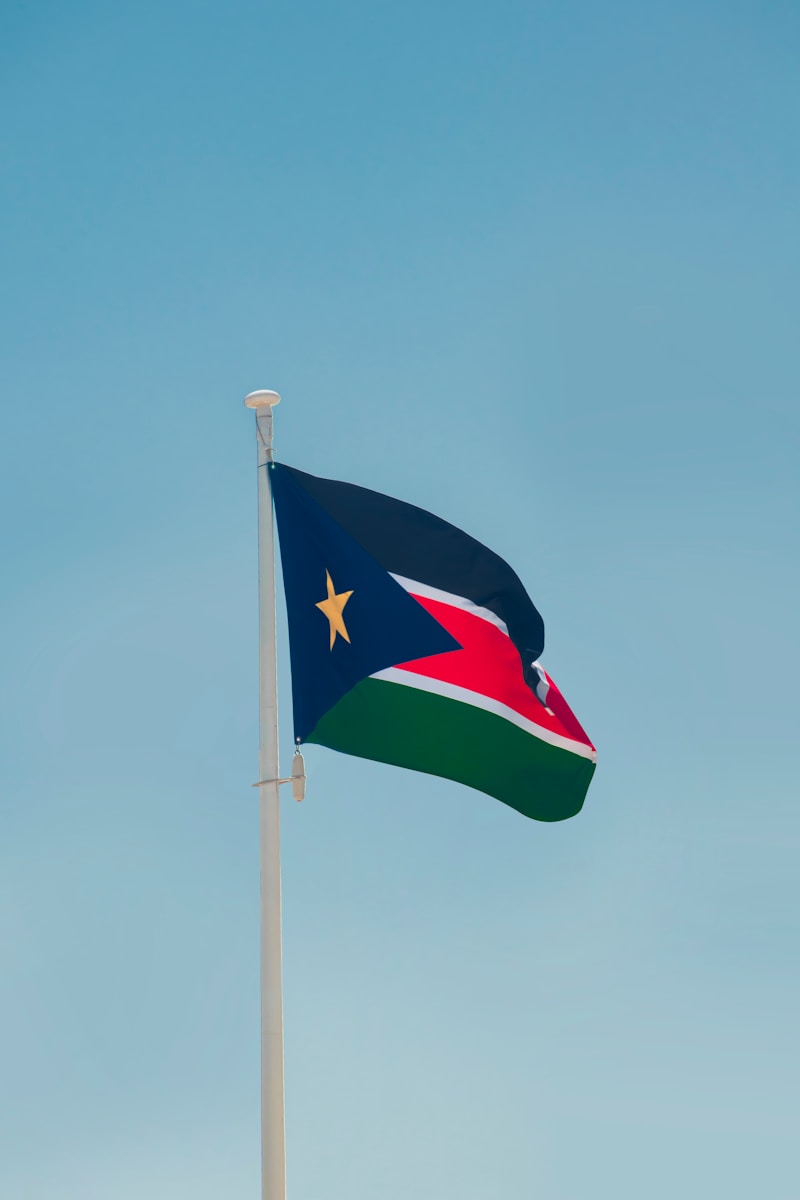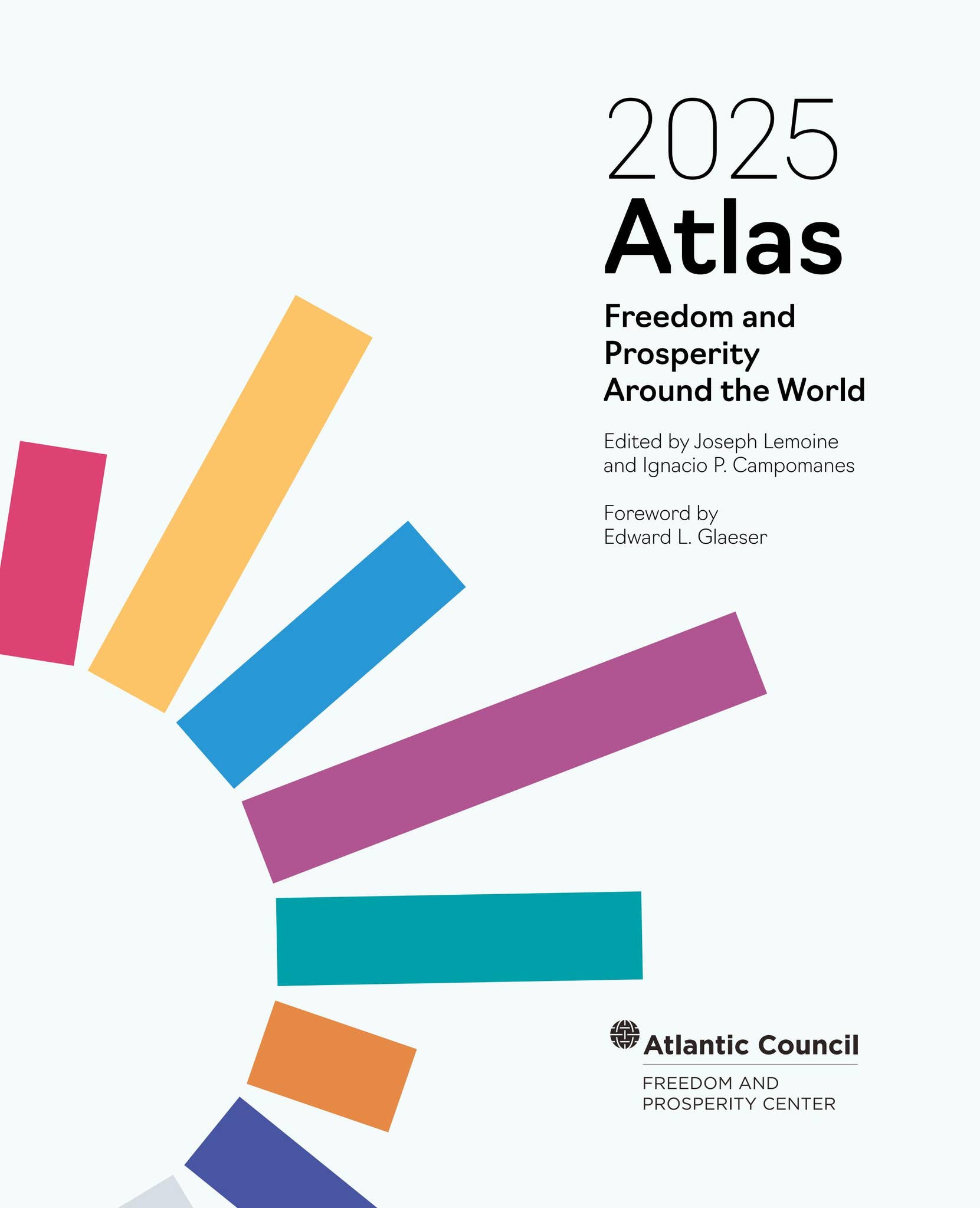Balancing Climate Adaptation and Conflict Prevention in South Sudan

Balancing Climate Adaptation and Conflict Prevention in South Sudan
By: Independent Contributor | Date: August 5, 2025
South Sudan stands at a dangerous crossroads where the devastating consequences of climate change intersect with deep-rooted social and political conflicts. Since gaining independence in 2011, the country has faced persistent violence, displacement, and environmental instability. With over 2 million people forced from their homes and widespread hunger fueled by erratic weather, the nation’s ability to adapt to climate threats has never been more urgent or more complex.
Recent research underscores a critical insight: climate adaptation efforts, while essential, can either reduce or exacerbate violence depending on how they are planned and executed. As South Sudan experiences increasingly severe droughts and catastrophic floods, adaptation strategies must be both environmentally effective and sensitive to conflict dynamics on the ground.
Climate Disasters and a Fractured Society
South Sudan’s vulnerability to climate extremes is compounded by its fractured political and social landscape. The civil war, which began shortly after independence, fractured communities and militarized many areas. Today, violence continues in various forms from clashes between state forces and rebel factions to localized disputes between ethnic groups, farmers, and pastoralists. These overlapping layers of insecurity make any development initiative a potential flashpoint for new conflicts.
Simultaneously, the country faces worsening environmental challenges. Prolonged droughts destroy crops and deplete water sources, while unprecedented floods have permanently displaced entire populations. These climate shocks aggravate resource competition, especially over fertile land and water, and can isolate regions, allowing armed groups to expand unchecked.
Adaptation Programs in a Volatile Environment
In response to these challenges, both international and local actors have launched a variety of climate adaptation and food security initiatives. These range from distributing drought-resistant seeds and promoting rainwater harvesting to training farmers in sustainable agriculture practices. Some organizations focus on long-term resilience, while others provide critical emergency food and water relief.
Notably, smaller community-based organizations emphasize local ownership and participatory approaches, recognizing that effective adaptation must be rooted in the specific needs and realities of affected populations. However, even the most well-intentioned interventions can have unintended consequences when introduced into a volatile environment.
Related: South Sudan Floods – A Warning Sign of Climate-Driven Displacement
When Adaptation Sparks Conflict
Recent studies analyzing adaptation efforts in South Sudan reveal a concerning trend: such programs, while vital, can unintentionally trigger violence. Specifically, initiatives that enhance the value of land such as those improving agricultural yields can make these areas more attractive targets for competing armed factions.
In conflict-prone zones, projects that increase access to valuable resources may be perceived as a threat to existing power dynamics. Armed groups may view these improved areas as strategic assets, leading to intensified efforts to control them. In this way, adaptation efforts can inadvertently contribute to conflict rather than resolving it.
Further Reading: Why New Policies Are Needed Amid Extreme Weather in Africa
Success Through Integrated, Locally Driven Approaches
Not all news is grim. The same research highlights that multifaceted, community-oriented projects are more likely to reduce violence. For example, initiatives that simultaneously promote food security, economic development, and water access have proven effective in easing local tensions.
By addressing several sources of hardship poverty, lack of livelihood, and resource scarcity these programs offer alternatives to conflict. They provide tools that empower communities to survive climate shocks without resorting to violence, especially when accompanied by strong local governance and participatory decision-making structures.
Read More: Bridging the Gap—How to Get Climate Funds to Conflict Zones
Timing Matters: Adaptation in Moments of Crisis
Interestingly, the positive impact of climate adaptation is most pronounced during periods of acute climate stress such as during a major flood or severe drought. Even imperfect projects can help during these critical moments by stabilizing communities and reducing desperation-driven violence.
In contrast, projects introduced during relatively mild weather periods appear to have limited or no impact on conflict levels. This suggests that adaptation strategies should be flexible and responsive, ready to scale up quickly in response to emerging climate shocks.
Four Pathways to Climate-Resilient Peace in South Sudan
Based on these findings, a more effective approach to climate adaptation in conflict zones like South Sudan must include the following strategies:
- Multi-Hazard Preparedness: Programs must prepare for both droughts and floods, recognizing that climate variability can bring unexpected crises. Building resilience to a range of possible scenarios is more effective than single-focus interventions.
- Community Engagement: Successful projects incorporate local voices and knowledge. Community-led committees can help manage shared resources and ensure fair distribution during crises.
- Integrated Development: Adaptation should go hand-in-hand with economic and political reforms, such as secure land rights and alternative income-generating opportunities.
- Early Warning and Conflict Monitoring: Systems that alert communities to potential violence can help preserve the gains of climate programs by preventing destructive conflict before it escalates.
Explore: Why Climate Adaptation Funds Often Miss the Most Vulnerable
Implications for Africa’s Fragile Regions
While South Sudan presents a unique case study, the lessons learned have broad relevance across conflict-prone regions of Africa. Countries like Ethiopia, Nigeria, and Uganda also face the dual pressures of climate change and civil unrest. Adopting climate adaptation approaches that are conflict-aware and community-focused could offer a model for stability and resilience across the continent.
Moving forward, donor agencies and development partners must view adaptation as more than just a technical or environmental challenge. It is a deeply social and political process, requiring thoughtful design, long-term engagement, and flexibility to local dynamics.
Conclusion: Adaptation as a Catalyst for Peace
In South Sudan, the convergence of climate shocks and conflict presents both a danger and an opportunity. Poorly executed adaptation projects risk intensifying violence, but well-designed interventions particularly those rooted in local communities can foster resilience and even reduce conflict. This delicate balance requires an integrated, context-aware approach that sees adaptation not merely as an environmental necessity, but as a cornerstone of peacebuilding.
As global climate threats continue to mount, the case of South Sudan sends a clear message: resilience and peace must go hand in hand. Investing in inclusive, adaptive, and locally grounded strategies today may prevent tomorrow’s crises and create a more stable and sustainable future for some of the world’s most vulnerable populations.
For a more detailed analysis on how climate initiatives are unfolding in the region, visit our in-depth report on climate projects in South Sudan.



